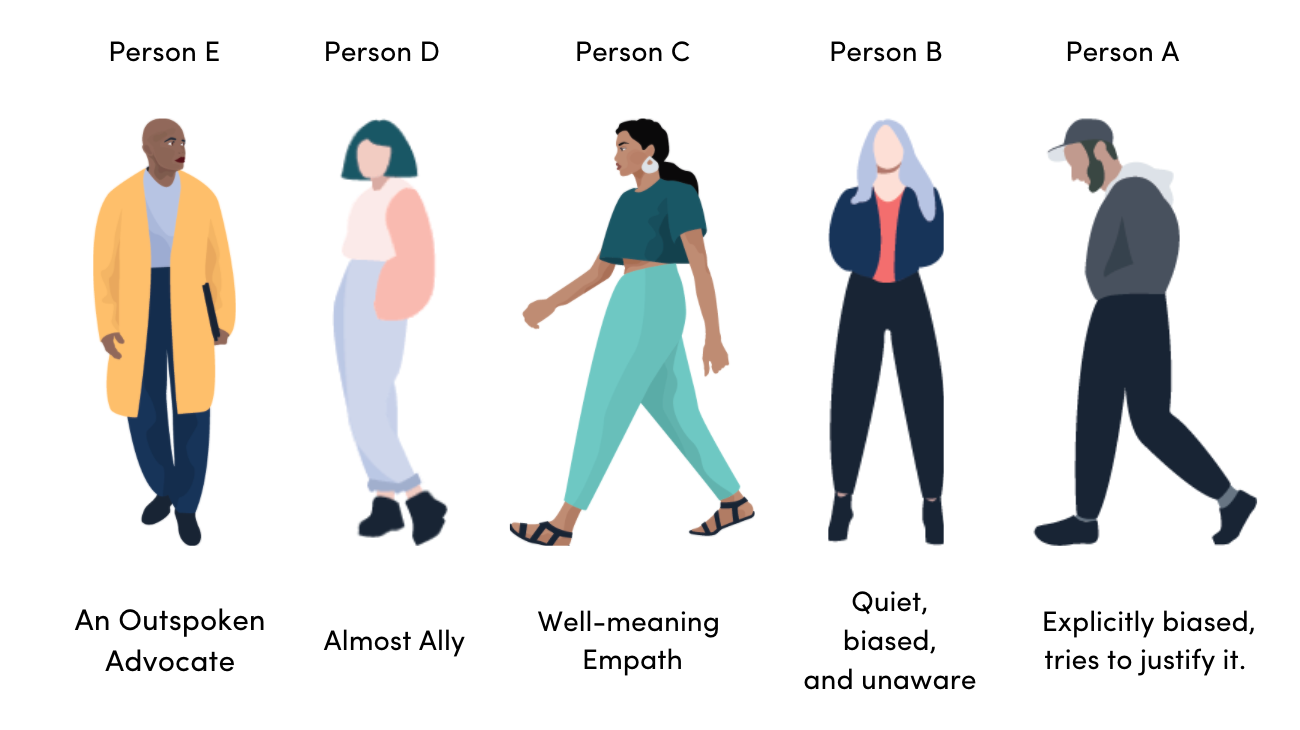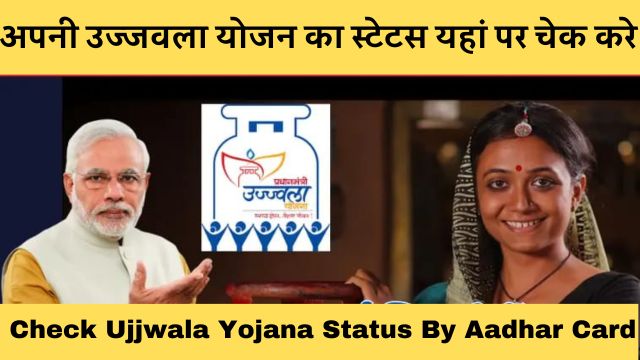Sima Devi has little clue that she marks a proverbial big bang moment in India. The 27-year-old from Ballia district of Uttar Pradesh is among the first few women who have received free gas connection under the biggest-ever energy programme worldwide to push people towards cleaner cooking fuel. But to her it is more significant how gas has made cooking convenient for her.
When Down To Earth (DTE) visited Sima Devi’s two-room house, still under construction, in Takarsan village, she quickly lit the gas stove to make tea for the guests. She says simply making tea over a traditional chulha (clay stove) would have been taxing for her in her present condition—she is pregnant for five months. Lighting a traditional chulha takes a few minutes and then one can only cook sitting on the floor, something inconvenient for pregnant women. She has to prepare a meal for a family of five twice a day. This would mean spending four-five hours every day inhaling the smoke that would get into her eyes and lungs. Her two children would also be exposed to the smoke. The gas cylinder has surely made her life easy, she says.
A radical shift

Image Credit : Google
This is a far cry from the days when the government would distribute improved chulhas and within a few months women would stop using them. Or they would modify them to suit their needs, and in doing so they would render the “improved” chulhas no cleaner than the traditional ones.
For 30 years India tried to improve the design of chulha to reduce air pollution but failed. Since the push for action on improving chulhas came from the global climate change agenda, and not health concerns, solutions offered were half-baked and even counter-productive, says Sunita Narain, director general of Delhi non-profit Centre for Science and Environment (CSE) and editor of this magazine, who has followed efforts to reduce pollution from chulha in India for two-and-a-half decades. The improved chulhas were not customised for use in rural areas. They are still not-so-clean or impractical or expensive.
Enter Ujjwala

Image Credit : Google
It was against this backdrop that the Modi government launched the Ujjwala Yojana on May 1, 2016. But before this it had done two things to make the transition to LPG easier. One, it began transferring the subsidy amount directly into the bank account of the customer. Since LPG is now sold at international prices, its illegal diversion to other sectors has reduced. Two, in March 2015, the prime minister made an appeal to the middle-class to give up their subsidies in favour of the poor women. Some 13 million people have foregone their subsidy. It was a brilliant strategy to treat LPG subsidy as an asset, says Kirk R Smith, an expert on household energy use (See ‘LPG, an asset’,).
Under Ujjwala, the government aims to give 50 million LPG connections to BPL families by 2019. For this, it has allocated Rs 8,000 crore. Within a year, the government had distributed more than 22 million LPG connections, exceeding the target of 15 million. Uttar Pradesh has benefitted the most, with 5.8 million LPG connections by now, followed by West Bengal with 3.9 million connections (see map, p38). “We have covered all states and 694 districts,” says K M Mahesh, deputy secretary (LPG), Ministry of Petroleum and Natural Gas, who is the key officer for the programme.
Refilling pinches the pocket
)
Image Credit : Google
But once a BPL family has got the connection it gets no further support from the government. It has to refill the cylinder at the market cost like anyone else. And if the family has availed a loan at the time of taking the connection, it will have to shell out more money for the first few refillings than the well-off families in cities do.
Here is why: refilling a cylinder costs between Rs 450 to Rs 800, depending on where one is living. The subsidy on this also varies from state to state and is roughly a fourth of the cost of cylinder. This subsidy is transferred to the buyer’s bank account. But those who have taken a loan would not get the subsidy because the subsidy on refilling is treated as the EMI. Recovering the loan of Rs 1,600 typically takes seven to eight refillings. Once the loan amount is recovered, the subsidy resumes and is transferred to the customers’ bank account.
Woman is the key

Image Credit : Google
Clearly, switching to LPG is a big economic and behavioural shift for BPL families. “You can promote behavioural change by (doing) two things,” says Ambuj Sagar, professor of policy study at IIT Delhi. “One, by making the new technology affordable to people, by which I mean giving different amounts of subsidy to different people; grading the subsidy according to the economic strata.” Two, by making people more aware of the benefits of LPG. “Some benefits they can see, like the ability to fine-tune the flame. But benefits like improvement in health may not be so clearly visible,” he adds.
Villagelevel ASHA workers can be roped in to create awareness about the illeffects of traditional chulhas. This will create a bottomup demand for cleaner fuels. But one shortcoming of the scheme is it does not take into account the gender aspect of access to clean energy. In rural houses where men are sole decisionmakers and breadwinners, it could be tough to switch to cleaner fuels even if women appreciate the benefits.
Challenge of distribution

Image Credit : Google
Another challenge before Ujjwala is the distribution of LPG in remote villages. One reason some of the improved chulhas did not work was the unavailability of standardised fuel—coal pellets, for example—on which they were designed to run.
LPG cylinders are distributed by three oil marketing companies in India, namely Indian Oil, Bharat Petroleum and Hindustan Petroleum. These companies appoint dealers and distributors all over the country. In the past three years more than 5,000 LPG distributors have been added in the country, according to the petroleum ministry. Close to half of these distributors have been recruited in the past 16 months alone. However, this is not yet sufficient.
Gas agencies have to provide door-to-door facility, but most people DTE met in Odisha said none of the distributors delivers cylinders at their house. Many women carry the empty cylinder in three-wheelers over a distance of three to 15 km.
None of this came from the health or environment sectors, which nevertheless will be benefiting. Nor has it affected the budget of the renewable energy ministry, which still runs the biomass stove programme.
With 18,500 distributors, each with 30-40 employees operating house-to-house, and plans to hire 10,000 more distributors, the LPG industry will soon have an army of half a million outside of cities to promote and service its product. It will also have a well-functioning infrastructure from port to household to keep it going, a high degree of quality control and transparency (a national website with every LPG customer), and it will be moving toward near-universal cashless transactions via JAM. This is substantial job creation and contribution to the national economic agenda.
Read also : List of Union Government Schemes for Individual in India
Read also : Top 6 Government Schemes for Girl Child